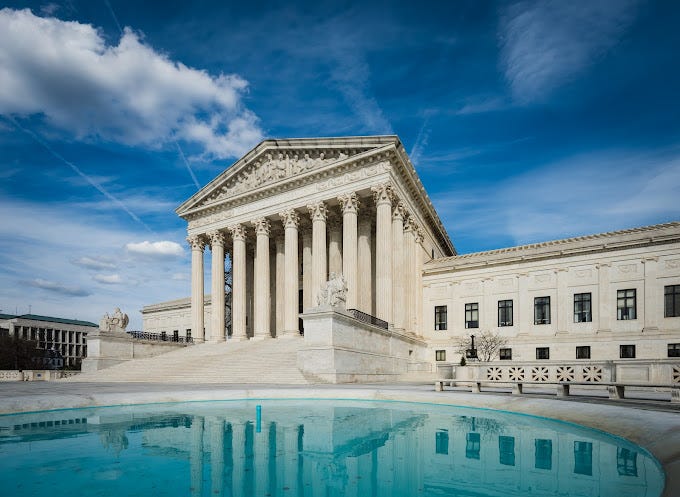U.S. Supreme Court Upholds Federal Gun Law
The Law Restricts Firearms for Individuals Under Domestic Violence Restraining Orders.
Federal Gun Law Upheld
On Friday, 21st June, the U.S. Supreme Court delivered a pivotal ruling upholding a federal law that restricts individuals under domestic violence restraining orders from possessing firearms. This landmark decision marks the Apex Court's first significant Second Amendment ruling since the 2022 New York State Rifle & Pistol Association v. Bruen case, which had expanded gun rights.
The Verdict
Chief Justice John G. Roberts Jr. authored the majority opinion in the 8-1 ruling, asserting that the Constitution permits disarming individuals who are deemed dangerous, especially in cases where a restraining order indicates a credible threat to an intimate partner. This decision underscores the Supreme Court's stance that modern laws restricting gun possession must have historical analogues, though not necessarily exact historical counterparts, to withstand legal scrutiny.
The Case of Zackey Rahimi
The case that brought this issue to the forefront involved Zackey Rahimi, a drug dealer from Texas who was placed under a restraining order following a violent altercation with his girlfriend. Rahimi challenged the restriction on his gun rights, claiming it violated his Second Amendment protections. Despite his arguments, the Supreme Court upheld the law, emphasizing the need to prevent those deemed a threat from accessing firearms.
Historical Context and Legal Implications
The 2022 Bruen decision required the government to cite historical precedents when defending firearm restrictions, leading to numerous legal challenges against gun laws. The Supreme Court's ruling in United States v. Rahimi expands the range of historical sources courts can consider, including commonly followed legal practices from the Founding era.
Diverging Opinions Among Justices
While the majority opinion was supported by eight justices, Justice Clarence Thomas dissented, arguing that it is unconstitutional to strip Second Amendment rights based solely on a restraining order without criminal charges. This dissent highlights the ongoing debate within the US’s top court about the balance between historical tradition and modern legal standards.
Reactions and Future Implications
Attorney General Merrick Garland praised the decision, stating it aligns with the text and history of the Second Amendment while protecting victims of domestic violence. Gun-control advocates also lauded the ruling for maintaining a crucial safety measure for women and families. Conversely, gun-rights organizations criticized the decision, arguing that it unjustly disarms individuals who have not been convicted of a crime.
Summing Up
The Supreme Court's ruling on 21st June underscores the complexities of interpreting the Second Amendment in the context of modern gun control laws. By upholding the federal ban on gun possession for individuals under domestic violence restraining orders, the U.S. Supreme Court has reinforced the principle that public safety can justify certain restrictions on constitutional rights. In a country where public opinion is sharply divided regarding gun rights under the U.S. Constitution and one that has witnessed multiple unprovoked killings, including of innocent school children, by persons using automatic and semi-automatic weapons, this ruling is but a small blip. Nevertheless, this decision sets a precedent for future cases involving gun laws and factors akin to domestic violence protections.
If you believe this article would interest someone you know, please feel free to share it anonymously (for us), using any platform that you prefer.





